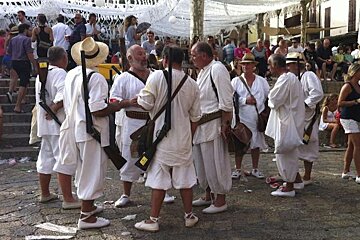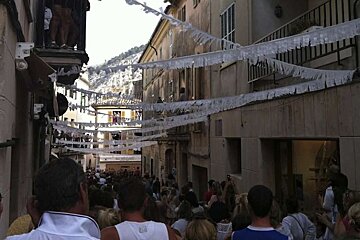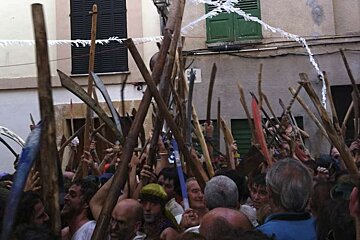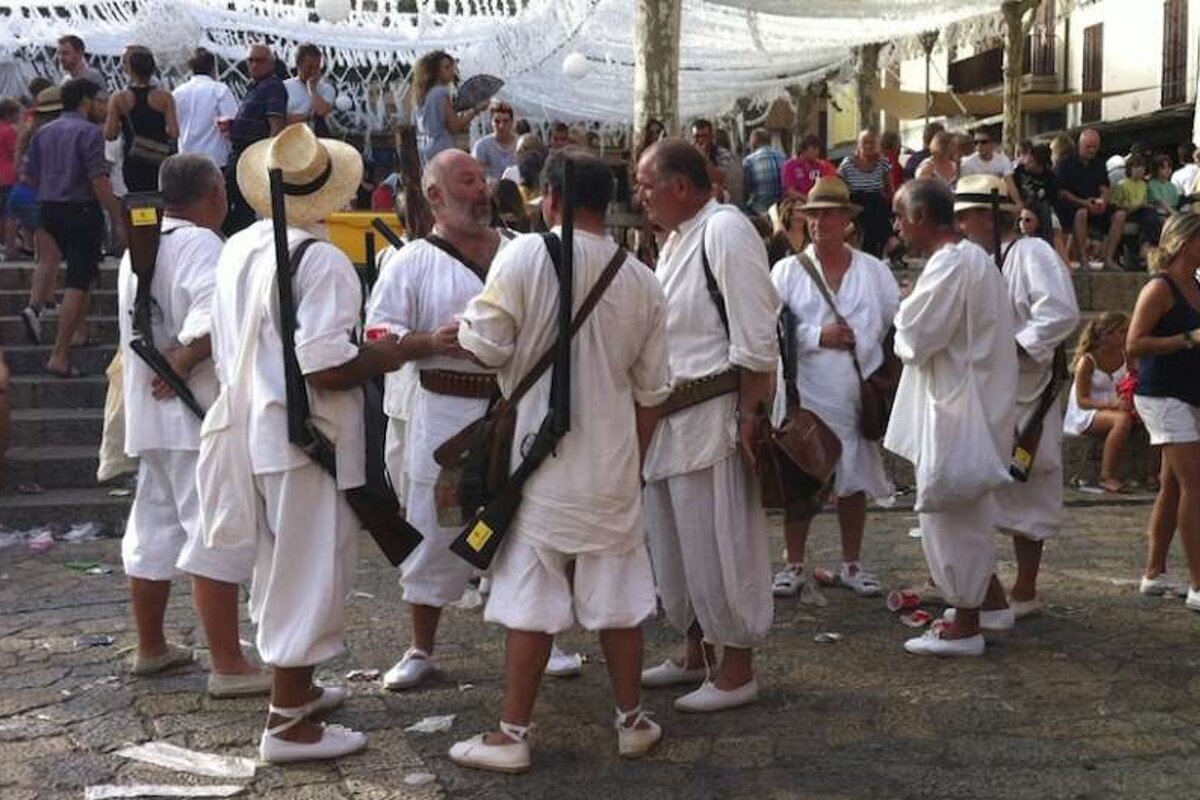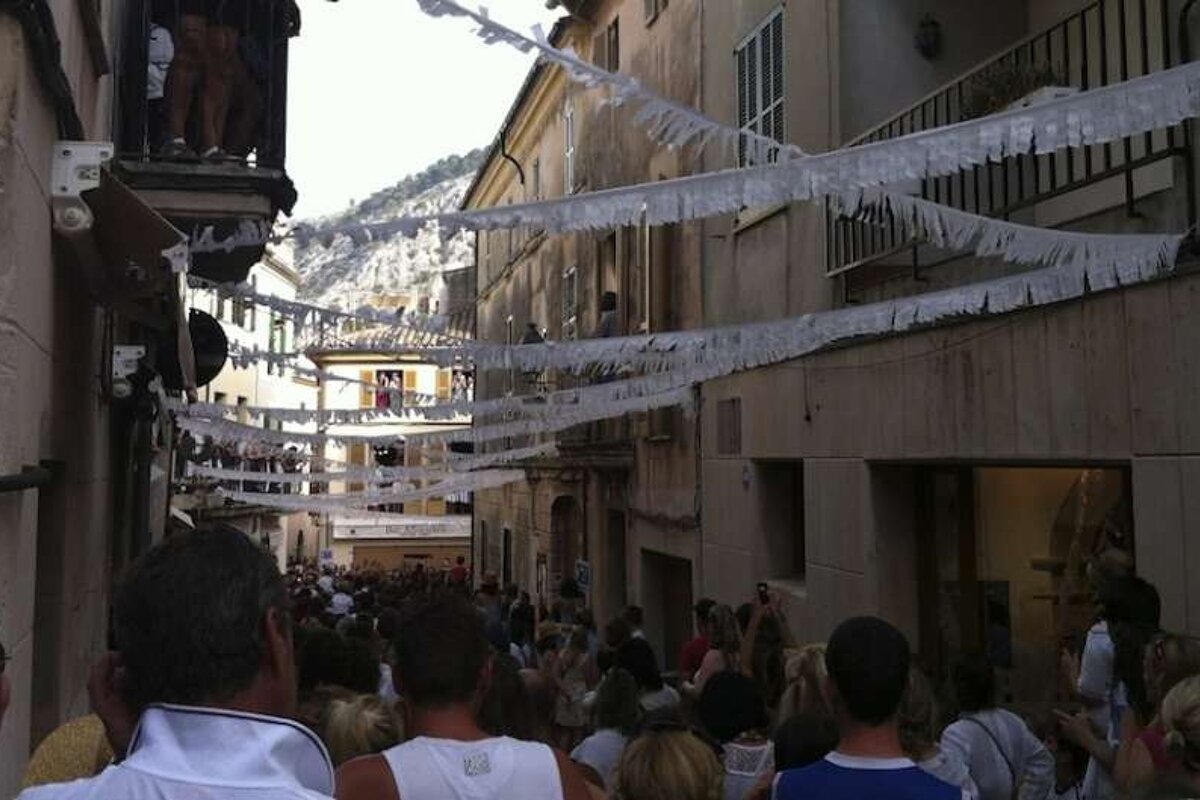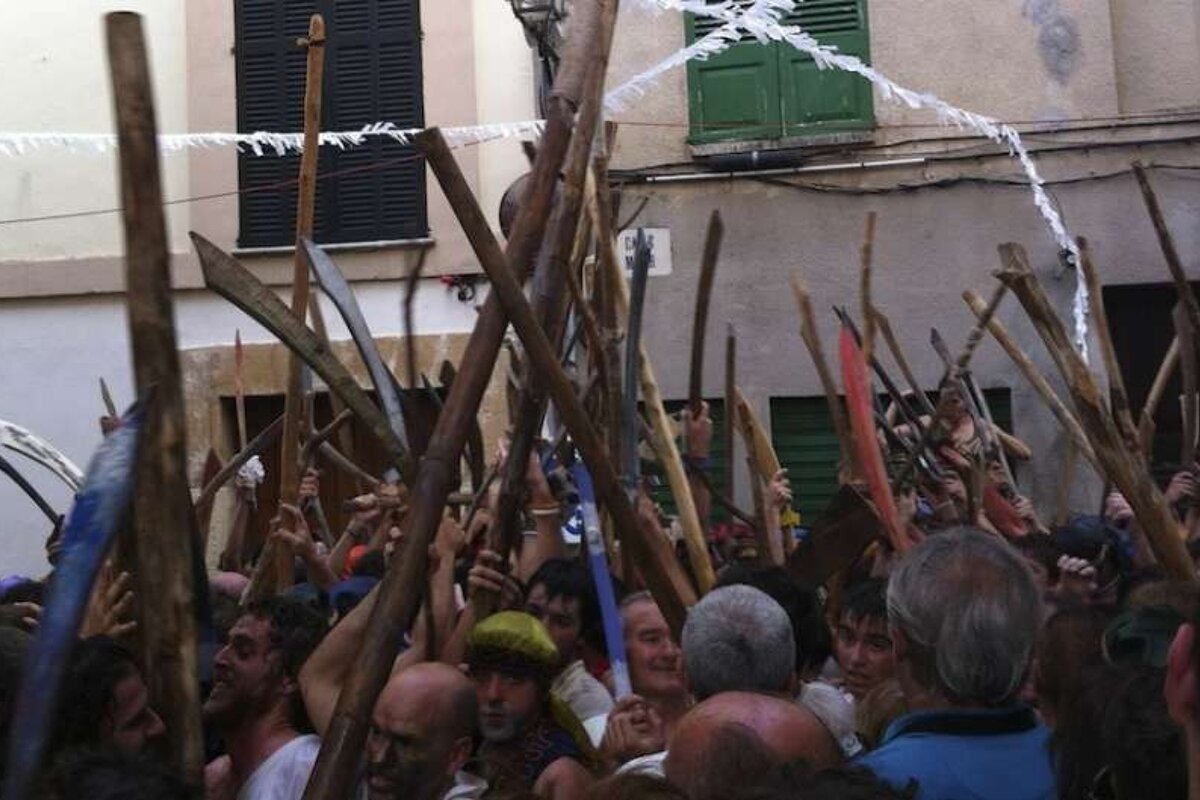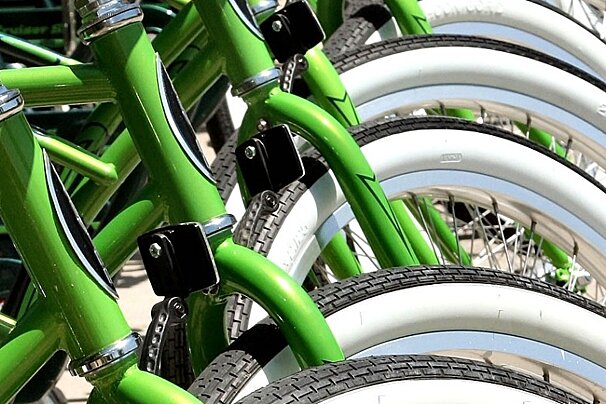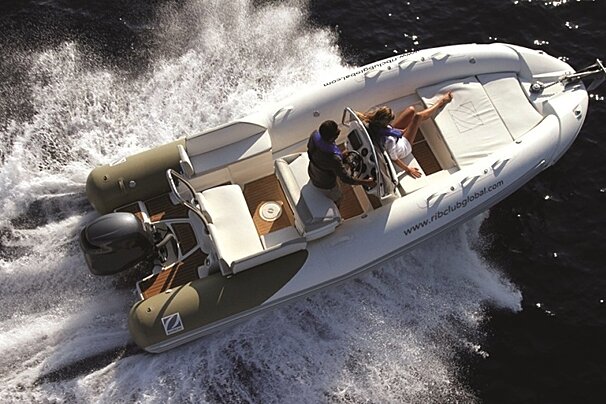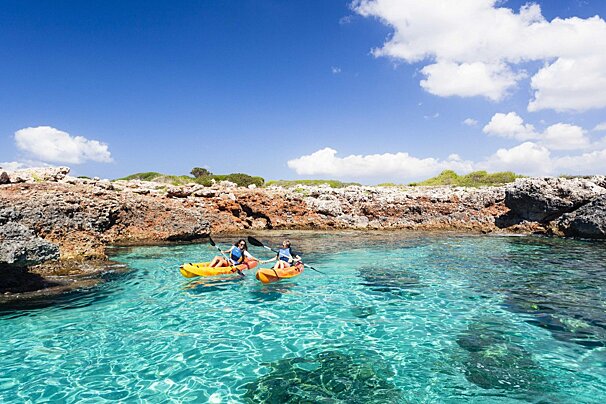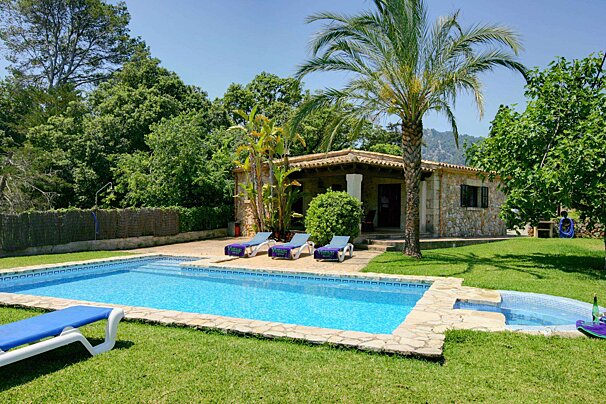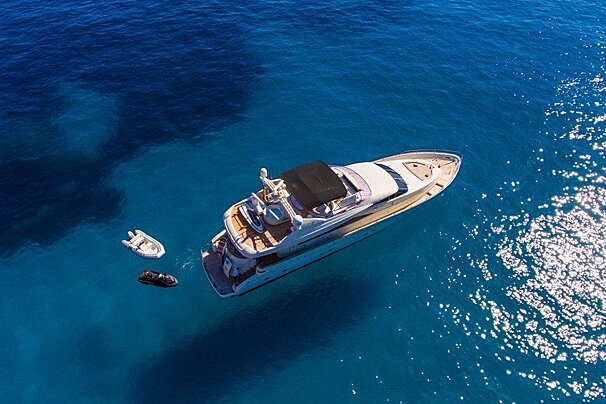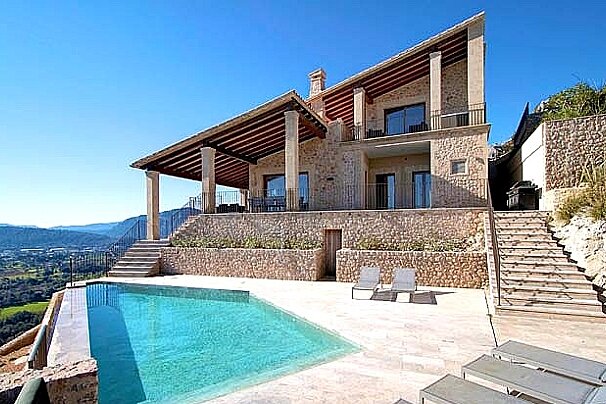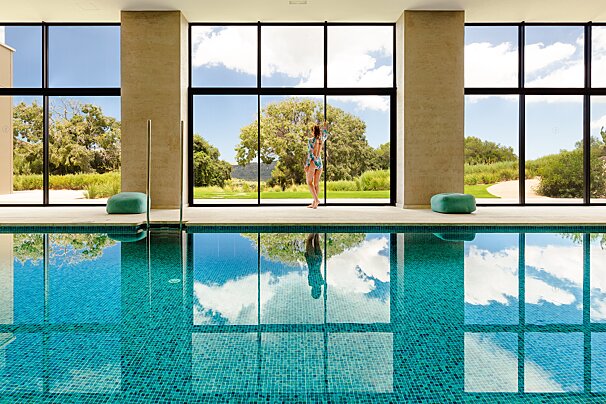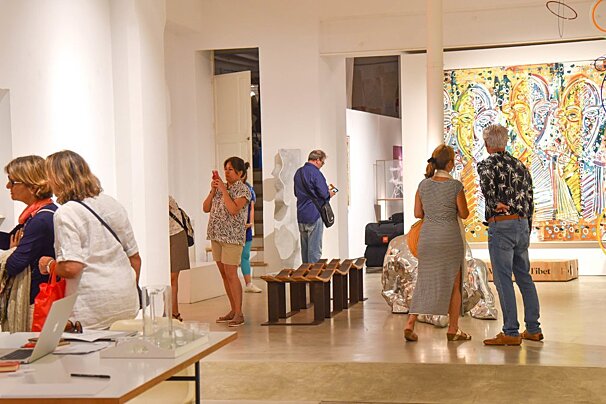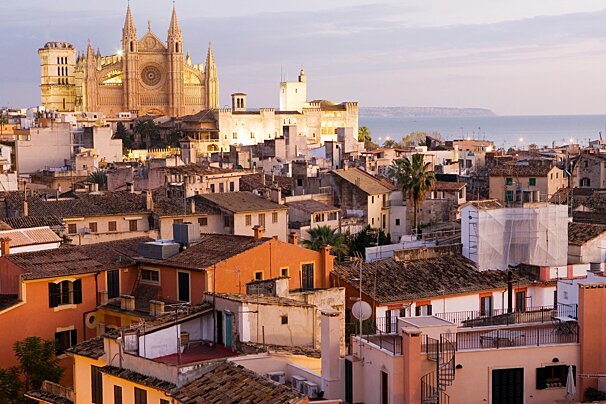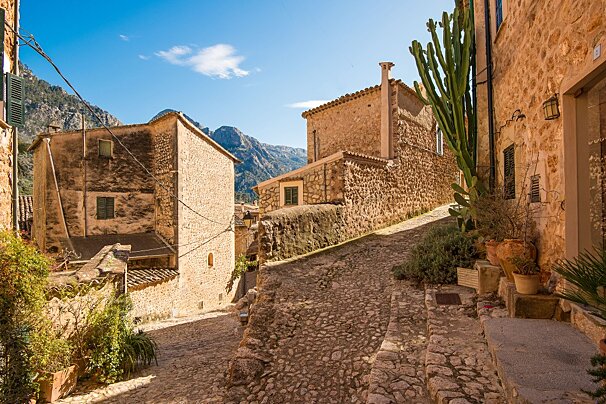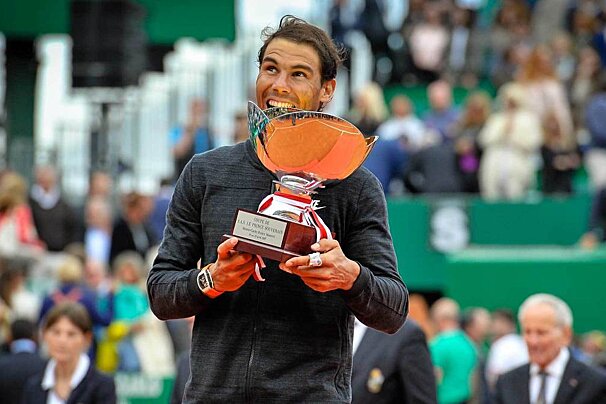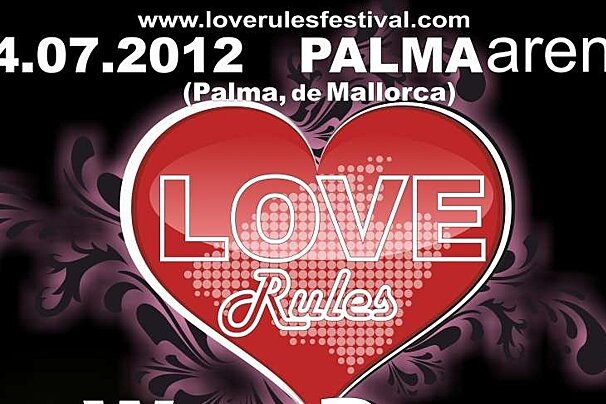
Battle of Moors & Christians - La Patrona Festival in Pollenca
The 2012 Simulacre dels Moros i Cristians
The square fell silent at 5am on the 2nd August to listen to the Pollenca band play the Patrona anthem, ‘L’Alborada’, as they marched through the main square and crowded streets to start the Patrona celebrations. La Patrona is celebrated with a mock battle fought between the Moorish Pirates and the Pollencin Christians and is a Mallorcan tradition carried on from many years ago.
Before leaving Puerto Pollensa to make our way to Pollenca for the Simulacre, we watched some of the main characters such as Joan Mas and Dragut interviewed on local TV IB3 and prepare their outfits for their chance to participate in the Simulacre dels Moros i Cristians. There was a very Majorcan theme around the town of Port de Pollenca the day of the 2nd as everybody was off on a public holiday and piled into restaurants with their families and friends to have a big, traditional Paella before donning their fighting attire.
The battle started at 7pm but we arrived shortly before that. As we walked through the streets to approach the main areas of battle there were a few Moors and Christians dotted throughout the streets giving final touches to their outfits and face paints. The Moorish pirates paint themselves with a wax face paint that they rub on the cheeks of the Christian girls around Pollensa to mark them as ‘taken by the Moors’ while the Christians try to protect them.
Joan Mas, the most important character in the battle, starts the fighting when he looks to the sky and shouts: “Mare de Déu dels Àngels, assistiu-mos. Pollencins, aixecau-vos, que els pirates ja són aquí!” asking for the Mother of the Angels to help the Pollencins defend their town as the Moorish pirates arrive.
Joan Mas and the Christians of Pollenca believe that they had help from God and the Mare de Déu dels Àngels to win this battle and hence each year they celebrate La Patrona, to give their thanks and to remember what happened that day in 1550.
When the battle starts you can hear a huge roar from both the Moors and Christians as they charge into each other to push their way through the streets. I imagine that one of the best places to watch the battle is from the balconies above where the battle passes through as you see the colourful and decorated Moors with bright, white Christians. Although it is great fun to be part of the action down in the streets it can be quite difficult to see what is going on unless you are right in the thick of things getting pushed about. Which I must say is inevitable as the streets are so narrow and the volume of Pollencins in battle is incredible.
The mass of Moors and Christians squeeze through the narrow streets of Pollenca crossing swords and sticks and pass through the Calle Mayor to travel up through the back of the town towards Ca’n Escarrintxo, a large space of ground by the main roundabout at Pollenca on the road from Puerto Pollensa to Pollenca. Here the Moors and Christians run in circles around each other kicking up dust and take part in their final battle. It is now that Joan Mas and his townsmen are crowned champions and begin the parade of the Moorish Flag around the streets.
The apparently victorious Christians who look a little worse for wear after pushing through the crowds and running through the streets, take themselves to the main Church on the square of Pollenca to give thanks to La Patrona, singing hymns and finally ending with the Pollenca town hymn ‘Visca Pollenca’. Each of them will then return home to scrub off their face paint, bleach their Christian whites and hang up their outfits for another year.
The much needed clean up will now begin in Pollenca and the locals will fold away their Moors and Christians flags, pack up their swords and face paint and look forward to next year. This is a really fun celebration in the town and is a great way to see the Pollencin community get together and sample how traditional and Mallorcan this touristic town is.
